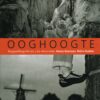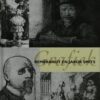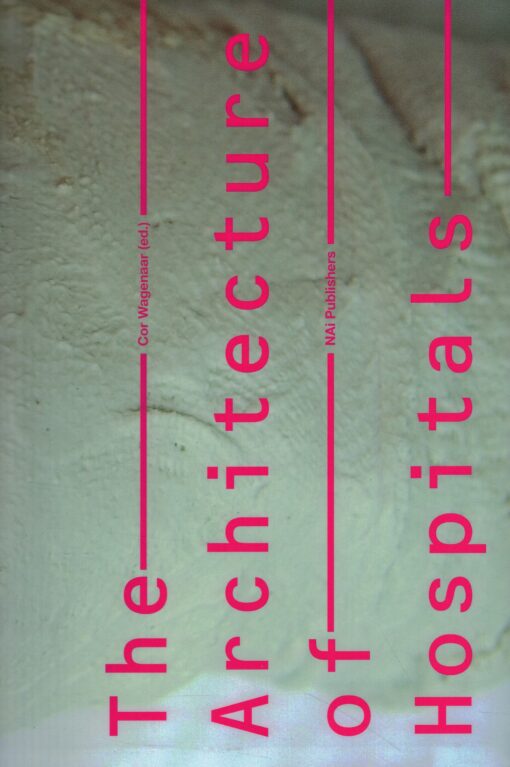Terug/Home/Webwinkel ramsj.nl /Kunst/Architectuur/The Architecture of Hospitals
Cor Wagenaar
The Architecture of Hospitals
€ 49,50 Oorspronkelijke prijs was: € 49,50.€ 15,00Huidige prijs is: € 15,00.
Architecture affects people. The architecture of hospitals contributes to the well-being and recovery of patients. This bold proposition dates back to the late 18th century, and has been a recurring theme in the functional development of hospital architecture ever since. The most recent manifestation of this was the phenomenon of ‘Evidence-Based Design’, which originated in the USA. This methodology compares the effects of various spatial factors and provided indisputable evidence that architecture does indeed work for the first time. The positive influence of architecture is one of the two cornerstones of ‘The Architecture of Hospitals’. The other is architecture as an historical discipline with a wide-ranging cultural dimension. The hospital, being a public and representative building with a special societal function, is the ideal vehicle to express this cultural dimension.
Gerelateerde producten
geschiedenis
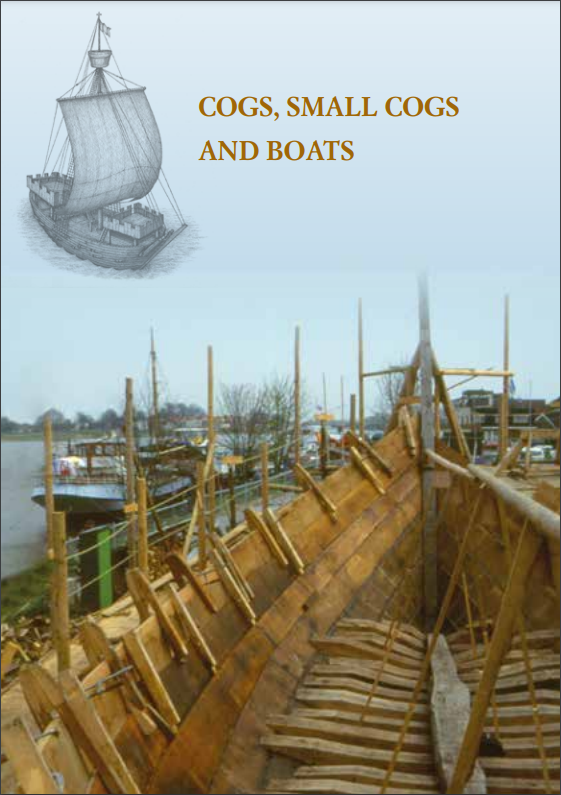
Karel Vlierman
Cogs, Small Cogs and Boats
From the thirteenth to the fifteenth century an important part of the economy in northwestern Europe was based on trade in the Hanseatic League. The main means of transport consisted of ships, mainly cogs. The importance of this type of ship was already apparent from medieval documents, miniatures, and other sources. However, until the mid-twentieth century, no material remains of such ships were known. Results from archaeological excavations of shipwrecks had to be awaited for greater clarity on the construction, technology and appearance of these ships. One of the world's largest collections of medieval shipwrecks emerged after the Second World War during the partial reclamation of the IJsselmeer lake (the former Zuiderzee inlet) in the Netherlands, where three polders were created from 1942 onwards. During these works, hundreds of shipwrecks from the period between 1250 and 1900 were discovered, about twenty of these being cogs. The first cog was excavated in 1944. The famed cog, with its remarkable construction and the ingenious manner in which the seams between the planks were made watertight using moss, laths and iron clamps, clearly demanded an in-depth study. The Netherlands were an ideal place to start, as more than half of all the cog wrecks in Europe have been found, (partially) excavated and studied in the Netherlands. Maritime archaeologist Karel Vlierman has excavated shipwrecks all his working life. He dedicated himself to the research of these ships, including two cogs found at Doel near Antwerp and the recently uncovered cog from the river IJssel near Kampen. His research of more than twenty years has resulted in a monograph of 996 illustrated pages, together with some 70 large technical drawings of all the investigated cogs and their reconstructions. The monograph (in two volumes) and the folder with the 70 technical drawings -in A0, A1 and A2 format- together come in a fine slipcase. Karel Vlierman explains the shipbuilding tradition of the Hanseatic period in detail and clarifies the differences between the cog and, for example, the 'nef' of the southern North Sea, which belongs to the Nordic or Scandinavian tradition. Based on the finds excavated at Kampen, he considers it very likely that a shipyard was located there in the late thirteenth and early fourteenth century. The largest piece of woollen sail ever excavated was discovered at Kampen. Hundreds of typical iron clamps too were found, some of them unused, suggesting a blacksmith's workshop specifically dedicated to producing them. Ships could be hauled out from the water and, after repairs, sail to the Zuiderzee via the IJssel. This is the first cog shipyard ever to be discovered in the Netherlands. Until the 'IJssel cog' was discovered and excavated near Kampen, the so-called 'Nijkerk-II' was the best-preserved known cog. The analysis of this cog was the starting point for this study, together with the experience gained during the construction of a replica of it, the so-called Kamper Kogge (Kampen Cog). It gradually became clear that there had been a tradition of cog building. Through studying and drawing all the cog wrecks, it was possible to make reconstruction drawings of many of them, with the benefit of evidence already obtained from other wrecks. This voluminous and impressive book will set the standard for publications on maritime archaeology for decades to come, as it is the landmark handbook for the way in which shipwrecks should be documented, described, and reconstructed. The detailed manner in which the technical drawings have been created makes it possible to construct virtual 3D models. The vectorised drawings are of a very high quality and are available digitally. In addition, Karel Vlierman created about twenty artists&; impressions of the cogs as they must have looked during operation and of life on board. These not only appear in a large format in the book but are also available as postcards and posters. This will be the standard work on cogs, the first of its kind to be published, with the size and scope of the study unequaled in any area of maritime archaeology. The famous publication on the sixteenth-century ship Mary Rose comes close but is about a single ship only. The present book on cogs covers the entire spectrum of these vessels, from seagoing ships to boats and barges plying the inland waterways and even a possible military cog for army transport. SPA uitgeversgeb - 996 blz
kunst
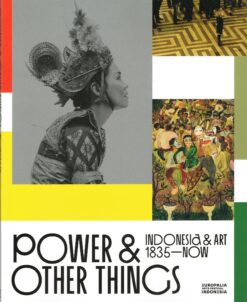
Riksa Afiaty
Power & Other Things
The project takes its name from the demand for the transfer of power and other things to the newly independent Indonesia in 1945. It travels through time, from European colonial occupation through the development of the republican state to the trans-national contemporary cultures of today. It looks at the various international exchanges that happened in the territories of contemporary Indonesia, through the images and ideas of artists. These exchanges were of different kinds: trade, culture, religion, ideology and war. They produced a variety of results: violence, oppression, racism, creativity, spiritual awakening, and other things. The ideologies and challenges of modernity are common ways in which Indonesia has been depicted by others and has defined itself over the period. As this modern period recedes into history, the project will seek ways to remember how it has influenced contemporary understanding and ask the current generation of artists to look back in order to rewrite the past and potentially create the conditions for a different future. The catalogue and the exhibition will follow a broad chronological narrative, allowing readers and visitors to learn more about how this huge archipelago has changed over the past two centuries and to observe how it has responded and adapted to influences originating from both inside and outside the islands. The influence of the imperial Dutch and Japanese occupations naturally form a significant element in the narrative of the exhibition as does the constant struggle for different forms of independence or equal treatment by the Javanese and other Indonesian cultures. The importance of Chinese and Arab influence on Indonesia's cultural history will also feature as the exhibition tries to look for alternative ways, alongside the post-colonial, for understanding the present. The presentations will include work made during the residencies as well as new commissions. Snoeckpap - 127 blz
kunst
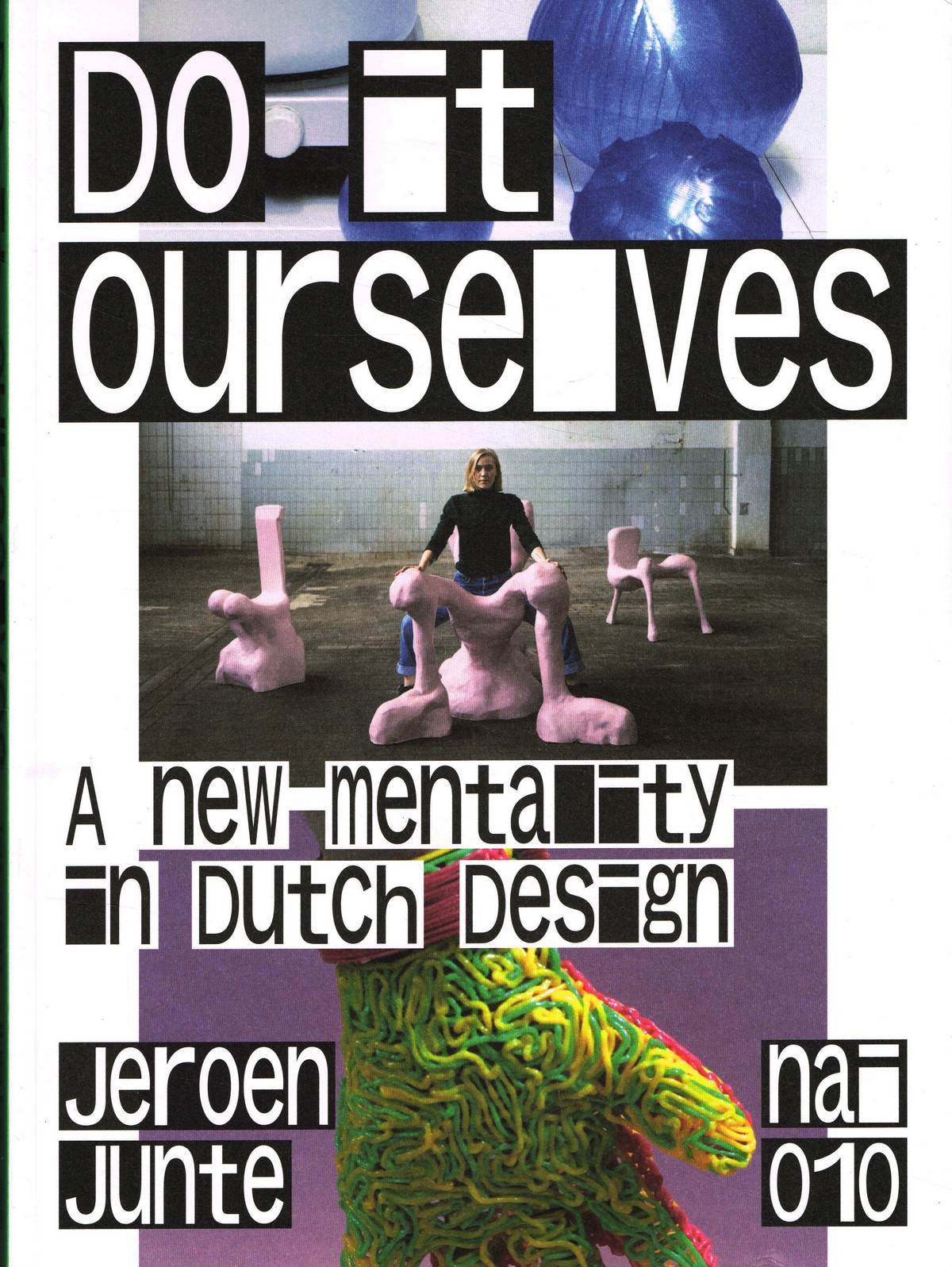
Jeroen Junte
Do It Ourselves
For English see below Nederlandse ontwerpers hebben de afgelopen jaren een scherpe koerswijziging doorgemaakt. De nieuwe lichting ontwerpers kiest nieuwe waarden en uitgangspunten en streeft door onderzoek en samenwerking naar maatschappelijke relevantie en impact. Deze 'post-crisisgeneratie' is bevlogen, optimistisch, maar ook pragmatisch met oog voor schoonheid. Humor en het concept als bijna obligate instrumenten zijn verruild voor engagement en vrij onderzoek. Ironie en beschouwende kritiek hebben plaatsgemaakt voor onbevangenheid en dadendrang. Ambacht en lokale productie worden onderzocht als een realistisch alternatief voor vastgelopen systemen. Naast kunst en design worden ook wetenschap, technologie, sociale studies en politiek gezien als speelvelden voor ontwerpers. Kortom, de nieuwste generatie ontwerpers zoekt naar een inhoudelijke verdieping van het vak en streeft naar een positieve bijdrage aan maatschappelijke vraagstukken. Designjournalist en?criticus Jeroen Junte beschrijft voor het eerst deze nieuwe fase in de ontwikkeling van het alom geprezen Dutch Design en voert de lezer langs 199 verrassende, innovatieve en verbazingwekkende projecten en producten. - English - In recent years, Dutch Design has sharply diverged from its previous course. A generation of designers trained in and shaped by the crisis years chose new values and starting points. The focus is now on inquisitive and collaborative makers who strive for social relevance and, if possible, impact. This 'post-crisis generation' is committed and optimistic, but also pragmatic and in possession of an eye for beauty. Humour and the almost inescapable concept have been exchanged for engagement and free research and irony and contemplative criticism for open-mindedness and the will to act. Craftsmanship and local production are examined as realistic alternatives to deadlocked systems of production and distribution. In addition to art and design, science, technology, social studies and politics are also seen as design arenas. In short, the latest generation of designers is looking to substantiate the content of the profession and make positive contributions to social issues. Well-known design writer Jeroen Junte is the first to describe this new stage in the development of the widely acclaimed Dutch Design, by way of 199 surprising, innovative, astonishing projects and products. Engelstalig boek nai010pap - 275 blz
kunst
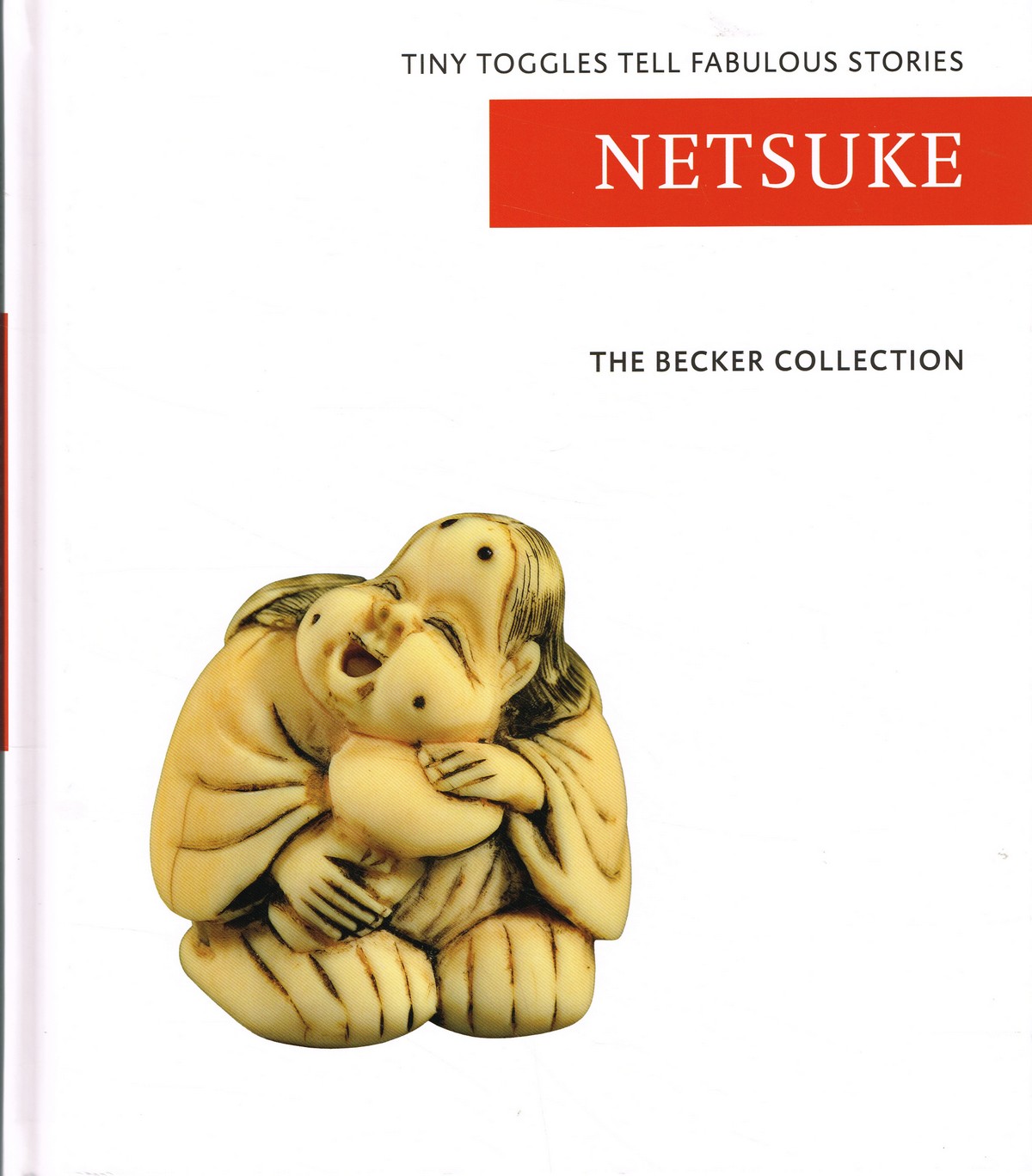
Ton & Mies Becker
Netsuke.
This 'Netsuke, tiny toggles tell fabulous stories' from the 'The Becker Collection' contains the private collection of 216 netsuke and okimono netsuke-style, acquired over a period of approximately 50 years. The collection reflects the personal taste of the Beckers. The world of netsuke is fascinating, not only because of the excellent craftmanship and artistry, but also because of the fascinating stories that underly the choice of subjects by the carvers. The latter has been the main motive to collect these tiny toggles with their fabulous background stories. The Beckers have chosen to organize the catalogue based on the historical evolution of netsuke a part of the sagemono, in a society with a gradual uprise of welfare causing levelling of the ruling hierarchy. Hence, we recognize an early period, up to the late 18th century, a transitional period, late 18th / early 19th century, a middle period, 19th century up till the Meiji era, and a late period, Meiji and beyond, including contemporary netsuke and okimono netsuke-style. Each object has been photographed extensively together with signatures when present. A brief description of each object is provided, together with relevant background information about the subject matter. An essay 'Netsuke in historical perspective' accompanies the catalogue. Van Spijkgeb - 240 blz
